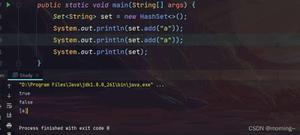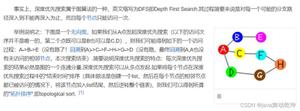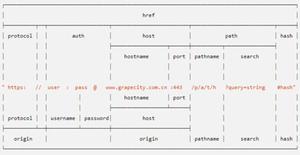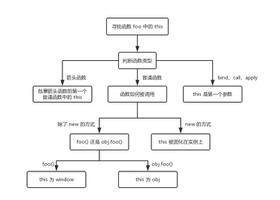JavaScript为什么需要在同一行上调用匿名函数?
我读了一些有关闭包的文章,到处都看到了,但是没有明确的解释-每次我被告知要使用它时……:
// Create a new anonymous function, to use as a wrapper(function(){
// The variable that would, normally, be global
var msg = "Thanks for visiting!";
// Binding a new function to a global object
window.onunload = function(){
// Which uses the 'hidden' variable
alert( msg );
};
// Close off the anonymous function and execute it
})();
好的,我看到我们将创建一个新的匿名函数,然后执行它。因此,在此之后,此简单的代码应该可以工作了(并且可以):
(function (msg){alert(msg)})('SO');我的问题是这里发生了什么魔术?我以为在写的时候:
(function (msg){alert(msg)})然后将创建一个新的未命名函数,如函数“”(msg)…
(function (msg){alert(msg)});('SO');
为什么它需要在同一行?
您能给我一些帖子或给我一个解释吗?
回答:
将分号放在函数定义之后。
(function (msg){alert(msg)})('SO');
以上应该工作。
如果您查看ECMA脚本规范,则可以通过3种方式定义函数。(第98页的第13节“功能定义”)
1.使用函数构造函数
var sum = new Function('a','b', 'return a + b;');alert(sum(10, 20)); //alerts 30
2.使用函数声明。
function sum(a, b){
return a + b;
}
alert(sum(10, 10)); //Alerts 20;
3.函数表达式
var sum = function(a, b) { return a + b; }alert(sum(5, 5)); // alerts 10
所以您可能会问,声明和表达式之间有什么区别?
根据ECMA脚本规范:
FunctionDeclaration:函数标识符(FormalParameterListopt){FunctionBody}
FunctionExpression:function
Identifieropt(FormalParameterListopt){FunctionBody}
如果您注意到,“ identifier” 对于函数表达式是 的。当您不提供标识符时,您将创建一个匿名函数。这并不意味着您无法指定标识符。
这意味着跟随是有效的。
var sum = function mySum(a, b) { return a + b; }需要注意的重要一点是,只能在mySum函数主体内使用“ mySum”,而不能在外部使用。请参见以下示例:
var test1 = function test2() { alert(typeof test2); }alert(typeof(test2)); //alerts 'undefined', surprise!
test1(); //alerts 'function' because test2 is a function.
比较一下
function test1() { alert(typeof test1) }; alert(typeof test1); //alerts 'function'
test1(); //alerts 'function'
有了这些知识,让我们尝试分析您的代码。
当您有类似的代码时,
function(msg) { alert(msg); }您创建了一个函数表达式。您可以通过将其包装在括号内来执行此函数表达式。
(function(msg) { alert(msg); })('SO'); //alerts SO.以上是 JavaScript为什么需要在同一行上调用匿名函数? 的全部内容, 来源链接: utcz.com/qa/403250.html









